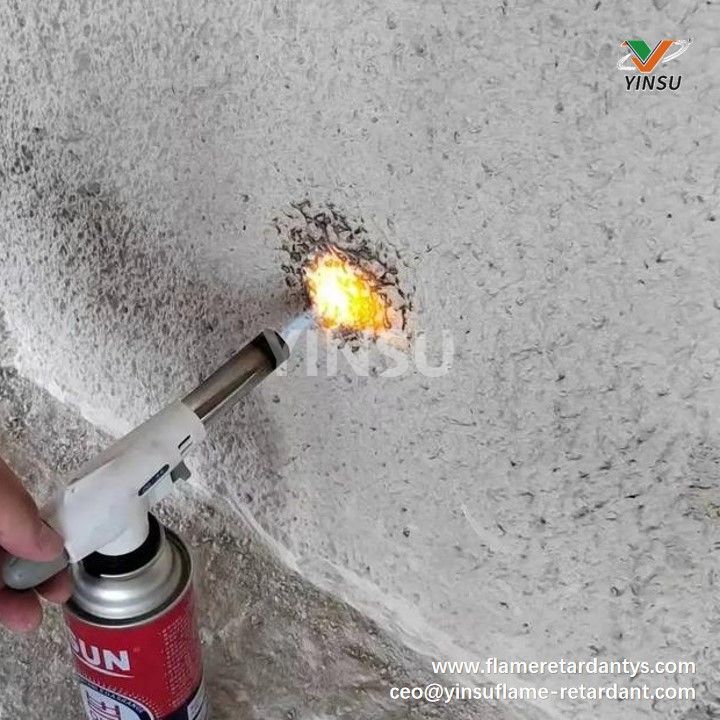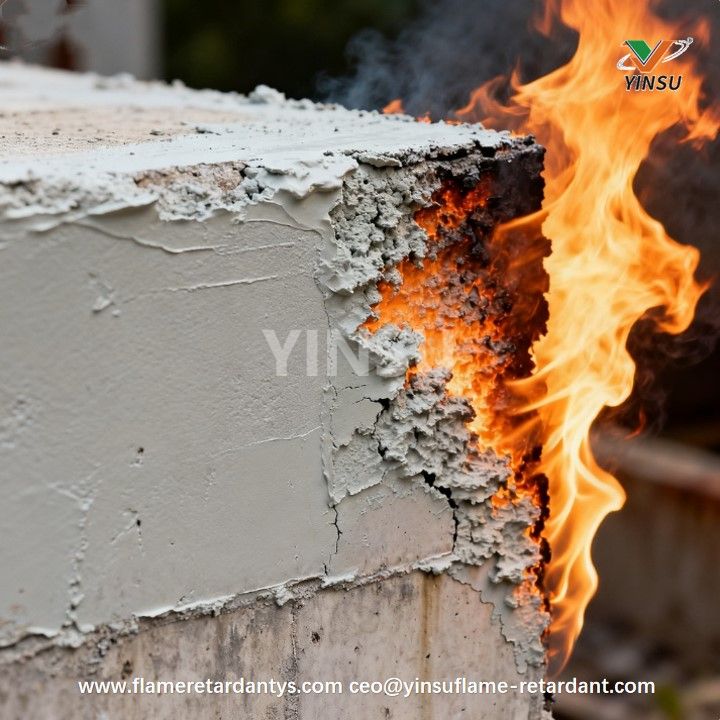- All
- Product Name
- Product Keyword
- Product Model
- Product Summary
- Product Description
- Multi Field Search
Specialized in PE, PVC, TPE, TPU and Low Smoke Zero Halogen (LSZH) wire and cable compound and materials.
In high-rise buildings, subway tunnels, new energy power stations and industrial complex scenarios, the fire safety of wires and cables is directly related to life and property and system reliability.
YINSU Flame Retardant Company provides customized flame retardant solutions for global customers, covering PE (polyethylene), PVC (polyvinyl chloride), TPE (thermoplastic elastomer), TPU (thermoplastic polyurethane) and LSZH (low smoke and halogen free) wire and cable systems to meet all safety requirements, ranging from UL94 V-0 flame retardant certification to EN 45545 fire protection for rail transportation and IEC 60754 low smoke and halogen free toxicity. All-round safety requirements.
Material Common Use Typical FR Type YINSU Flame Retardant Item No.
PE HDPE, LDPE, LLDPE, Red phosphorus, halogen free FR, PRP-950X, PE-XT-20, YS-F22B, MCA-B
Cross-linked PE cables, Bromine antimony masterbatch MDH, ATH
Plastic insulated cables.
PVC PVC &Plastic insulated power cables, T3 / ATO alternatives T3, T30
Aluminum stranded wires,
Prefabricated branch cables.
TPE Insulated wires, flexible cables Organic phosphorus YS-F22B, YS-9003
Shielded insulated cables
TPU Special purpose cables Organic phosphorus YS-F22B, YS-9003
Power cables for frequency converters.
Others Welcome to consult more details.

Intumescent coatings form an insulating foam layer in fire, effectively delaying temperature rise in steel structures to buy critical escape time. Yinsu's APP 201 offers this superior protection with greater cost-effectiveness.

Intumescent fireproof coatings are suitable for locations prioritizing aesthetics and short-term high-efficiency thermal insulation, while non-intumescent coatings are better suited for harsh environments and applications requiring long-term durability.

The core of ensuring the effectiveness of fireproof coatings lies in selecting the right type for the specific application scenario and strictly adhering to standardized construction processes.

The development and application of the RP-TP46-based flame retardant coating represented a significant advancement in fire safety for various applications. By achieving enhanced flame retardancy without sacrificing performance or environmental compliance, the project showcased the potential of innovative flame retardant solutions in meeting the evolving demands of safety regulations and sustainability goals.

The future of flame retardant paint technology holds immense potential for further developments. Ongoing research aims to improve the durability, efficiency, and cost-effectiveness of these coatings. Additionally, advancements in nanotechnology and smart materials may lead to the development of self-healing flame retardant coatings, further enhancing their performance and longevity.

Flame retardant coatings help slow the spread of flames. This is accomplished through agents in the coating that interrupt combustion. As a result, buildings such as residences, theaters, hospitals, schools, movie theaters, auditoriums, churches, and hotels use fire resistant coatings to meet fire protection standards. This factor is further driving the growth of the global fire resistant coatings market.